Rajmachi Fort is famous among tourists for its lush green forests located on rugged hills of Sahyadri Mountains making it a perfect destination for trekking and outdoor campuses. It comprises of twin fortress Shriwardhan and Manaranjan Ballekillas, with a wide plateau surrounding both of them.
A small village Udhewadi having a total of 22 houses is located at the southern foot of Manaranjan Ballekillas. The Fort can be described as beautiful housing water reservoirs, being surrounded by lush greeneries having hills in the backdrop accompanied by beautiful caves and waterfalls making it one of the best attractions near Lonavala. It can be reached both from Mumbai and Pune via road.
History of Rajmachi Fort
The place has got significant historical importance as the fort played a strategic role in the First Anglo-Maratha War. Rajmachi Fort was built by Satvahanas who established their empire after Morya Dynasty. They were Hindu religion followers who ruled in India around 230 B.C. This fort was aimed at keeping an eye on Borghat which was the important route in the west to reach Mumbai.
Shivaji visited this place while Bijapur was under his control. He fought with Adil Shah in 1675 and took complete control of the fort. His rule made the fort more secured alerting about further attacks. Mughals attacked the fort in 1704 and occupied the fort. But 1705 did not prove beneficial for the Mughals as Marathas attacked the fort and Aurangzeb army was defeated and the fort was handed over to the noble Maratha king, Angara.
Britishers took control of the fort in 1818 but later after independence, the fort was declared as the Heritage site by Maharashtra government. The Parkway from Khopoli to Khandala-Lonavla, known as Borghat, was the old exchange course. Abroad exchanges from Western India and Deccan were done through the ports of Chaul, Revdanda, etc on the western drift. The exchange course going through the Borghat associated these ports to the locale around Pune and past on the Deccan level.
You may also like 14 Best Places To Visit in Lonavala For A Memorable Holiday
Fortress Rajmachi was built to control the exchange course of Borghat. On the western side of the Rajmachi Fort, voyagers can locate the Buddhist caverns, which are otherwise called Kondhane hollows. These were built around 200 BC and have managed to hold their ancient beauty till date.
There are 8 Buddhist caves of the Hinayana Buddhist convention. The Kondhane holes encase figures, Vihara, and Stupas of antiquated Buddhist design. Albeit numerous stupas, front passageway and the floor of the hollows were harmed in a quake just the Chaitya stayed unblemished.
The architecture of Rajmachi Fort
Rajmachi is built on two hill stretches at an altitude of 2710 feet above sea level. This was one of the protective structures nestled between Lonavala and Khandala slopes. The two strongholds on the Rajmachi Fort- the Shrivardhan fortification and the Manaranjan post are outstanding as they were privately found on the Rajmachi Peaks. Both are designed in Indian custom frames, which were used in the old occasions.
It is a stonework wonder and a decent thick fortress standing tall at its best. These dividers are too much enduring and will last an additional of 1000 years. Inside, there are few demolished antique buildings that prove it used to be a living area. The main highlights of the fort are its numerous synthetic and regular water catching territories.
The famous Kal Bairavi Temple is situated here, which is popular among the Hindus and many devotees consider visiting this temple on special occasions. The Fort is endowed with running waterfalls, rivers and valleys, which are perfect for adventurous trekking and ensures a memorable trip for all visitors.
The beauty can be recognized by the fact that Udhewadi has been continuously supported by government and NGOs to maintain the cleanliness and provide basic facilities such as food or shawls for the tourist’s convenience.
Also read Most Beautiful Places To Visit in Khandala With Family And Friends
Rajmachi Fort Trek & Camping
Trek to Rajmachi Fort is one of the major attractions that lure tourists from various part of the world. It cannot be denied that rugged mountains and running water requires a lot of caution from the visitors, but it is what makes the journey more exciting. Being a beginner, one can start trekking from Udhewadi village, and experienced ones can start from Khondhane Caves.
Monsoon makes the route slippery hence proper care needs to be taken while exploring the natural beauty. Some small waterfalls among the greenery fill you with joy and encourage you to move forward.
The difficulty level depends on how strong and trained you are. The Fireflies can be observed during night trekking. Local people can be spotted selling tea pakodas and lemon drinks to earn a livelihood and local food can be tasted too.
There are two routes to reach Rajmachi fort. First is from Lonavala and second from Karjat. Lonavala can be travelled by jeep till Udhewadi and Karjat route can be followed while descending and moving towards Khondane Caves.
Trekking Duration can be from one night to two days depending on if you prefer night trekking or just want to explore the magnificent outlook in daylight only. One can feel the vibe at a towering height of 2710 feet above sea level once you have reached the fort.
The cool breeze blowing in the atmosphere, the calm ambience and various breathtaking spots for photography makes the experience enchanting in its way. Trekking experience is best during monsoon with silver cloud all around, and one can see the level of water running from hills and bathing under such waterfalls remove your tiredness to carry on and explore your destination.
Camping at night is another memorable part, it fills you with joy getting to know nature from close and enjoy simple activities like playing games in a group, watching the blanket of stars and endless conversation with your dear ones about the beauty of the place.
Recommended Read 17 Strikingly Beautiful Hill Stations Near Mumbai
Best Time to Visit Rajmachi Fort
The mesmerising view of nature and Rajmachi Fort can be felt throughout the year, yet ideal time is to visit during monsoon season. One should prefer night camping in winters as it offers a relaxed and pleasant atmosphere due to lush green vegetation surrounding the area.
Summers are moderately hot, and winters are windy. Fireflies can be spotted well in monsoon and the nights are beautiful, gazing an array of brilliant stars in nature’s lap. Trekkers can camp at Kal Bhairav Mandir at night located at the base of Rajmachi fort. You can also rent a room at Udhewadi village in the night so that you can start trekking the next day if you reach late at night.
Also read 10 Popular hill stations near Kolhapur
How to Reach Rajmachi Fort
By Rail
Lonavala is the nearest railway station to Rajmachi Fort. Lonavala can be reached from Mumbai and Pune, as well as direct trains from the nearby locations in Maharashtra.
By Air
If you are travelling by air, reach Mumbai Chhatrapati Shivaji International Airport terminal, and from there you can hire cab directly to Rajmachi fort.
By Road
For trekkers, Rajmachi Fort can be reached through Lonavala or Kajrat, a village on Pune Highway depending on the route chosen.
Rajmachi is 15 km away from Lonavala with plain walks and slightly up and downs in the path. So if you have reached Lonavala, from there you can book a cab to Rajmachi Fort easily.
You can also reach from Mumbai and Pune directly in your private cars by taking the Mumbai-Pune highway.
You may also like
18 Best Places To Visit Near Mumbai For A Perfect Weekend Getaway
16 Best Weekend Resorts Near Mumbai For A Relaxing And Fun Filled Holiday
Top 23 Best Resorts in Lonavala – Travel India Travel
Rajmachi Fort entry fee
Rajmachi Fort exploration is free for all visitors, the only expense you have is for hiring taxis or transport for trekking and visiting the destination. Cost depends on what kind of vendor you choose and facilities you avail while staying and exploring.
Rajmachi Fort timing
The timing for visiting the fort is from 9 AM to 6 PM every day and is open throughout the week. One can plan to trek at 10 am in the morning and can reach fort by 3 PM. Trekking takes time so visitors must plan accordingly to reach the Fort within the above timeframe.
Rajmachi Visit Duration
It takes two to three hours approximately to explore the entire fort. It is an ideal place for History lovers, adventure enthusiasts, architects, and photo buffs.
Related Read 10 Most Popular Churches In Lonavala
Places to Visit around Rajmachi Fort
There is a lot to explore even after visiting Rajmachi fort as excitement does not end here. There are many spots located nearby that can be visited to add some wonderful memories to your trip. Following are some of the places and activities to do near Rajmachi Fort
Rajmachi Point
Rajmachi Point is a must-visit attraction in your trip to Rajmachi Fort as it provides panoramic views of the green hilly surroundings, waterfalls and a magnificent view of the Rajmachi fort.
Tungarli Dam and Lake
Tungarli Dam and Lake are the favourite picnic spots of the tourist, and the dam serves as an ideal location for camping while trekking from Karjat.
RajMachi Wildlife Sanctuary
RajMachi Wildlife Sanctuary is located on the Western Ghats, and one can enjoy the rare species of animals and birds there that are not caged and moving freely. Safari jeep tour is another exciting part that provides you with a close view of flora and fauna with wildlife.
Walwan Village
Walwan Village is situated at the base of the twin hills- Shree Vardhan and Manoranjan. The key feature of this village is the combination of multiple waterfalls that keeps it lively especially during Monsoon.
Shreevardhan and Manoranjan Peaks
Shreevardhan and Manoranjan Peaks are twin hills located near famous villages- Walwan and Udhewadi. Bhairoba temple situated between these peaks act as shelter while trekking. Reaching the peak, one can get spectacular views of the entire waterfalls and hills located in the surrounding area, which is definitely an eye treat.


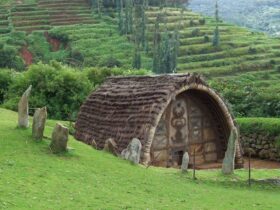
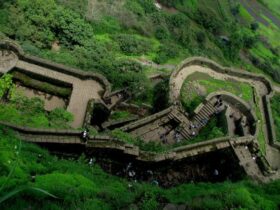
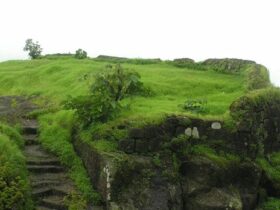
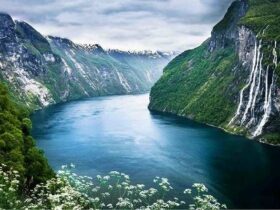
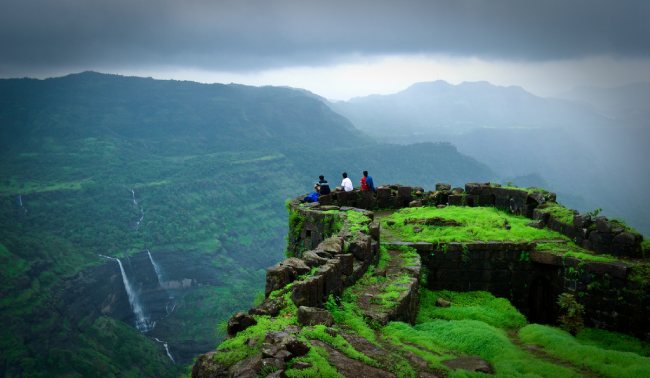
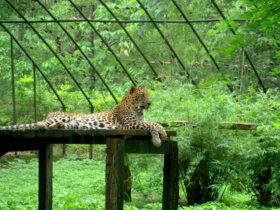
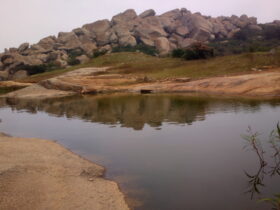
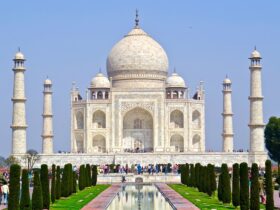
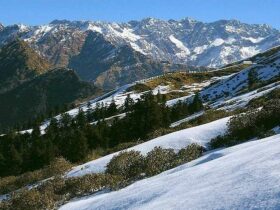

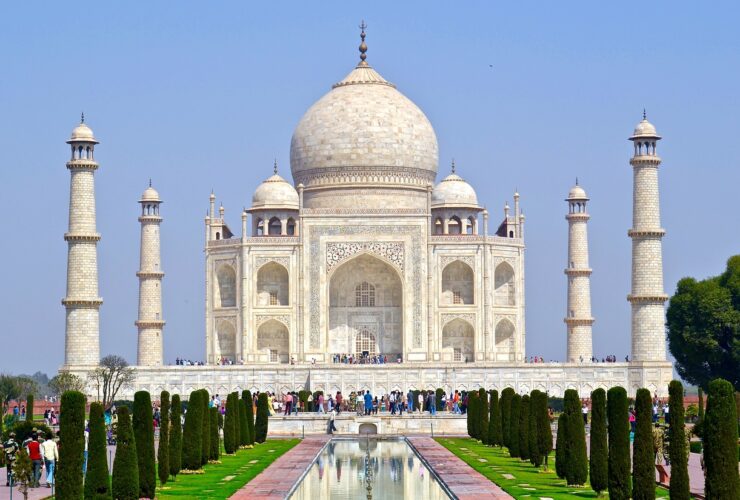
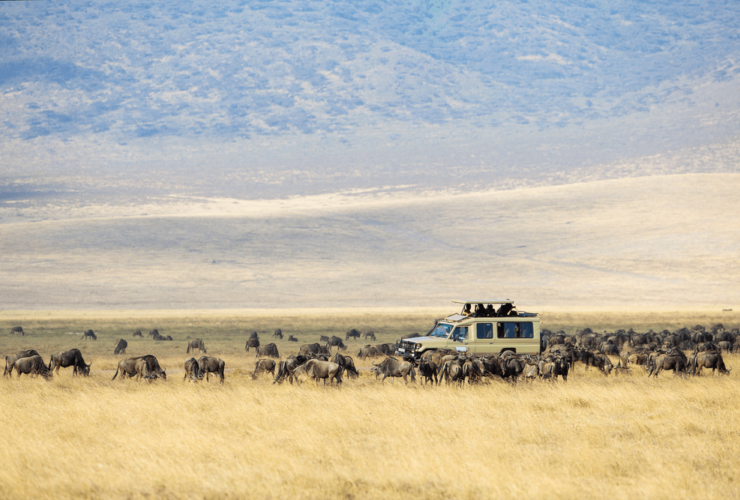
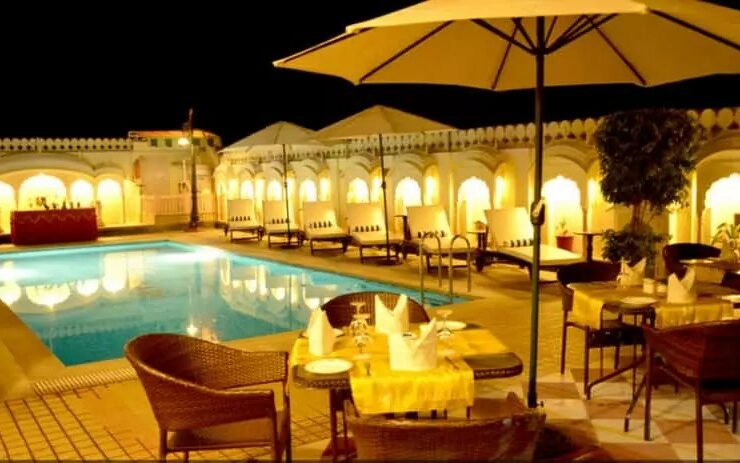
Leave a Reply
View Comments